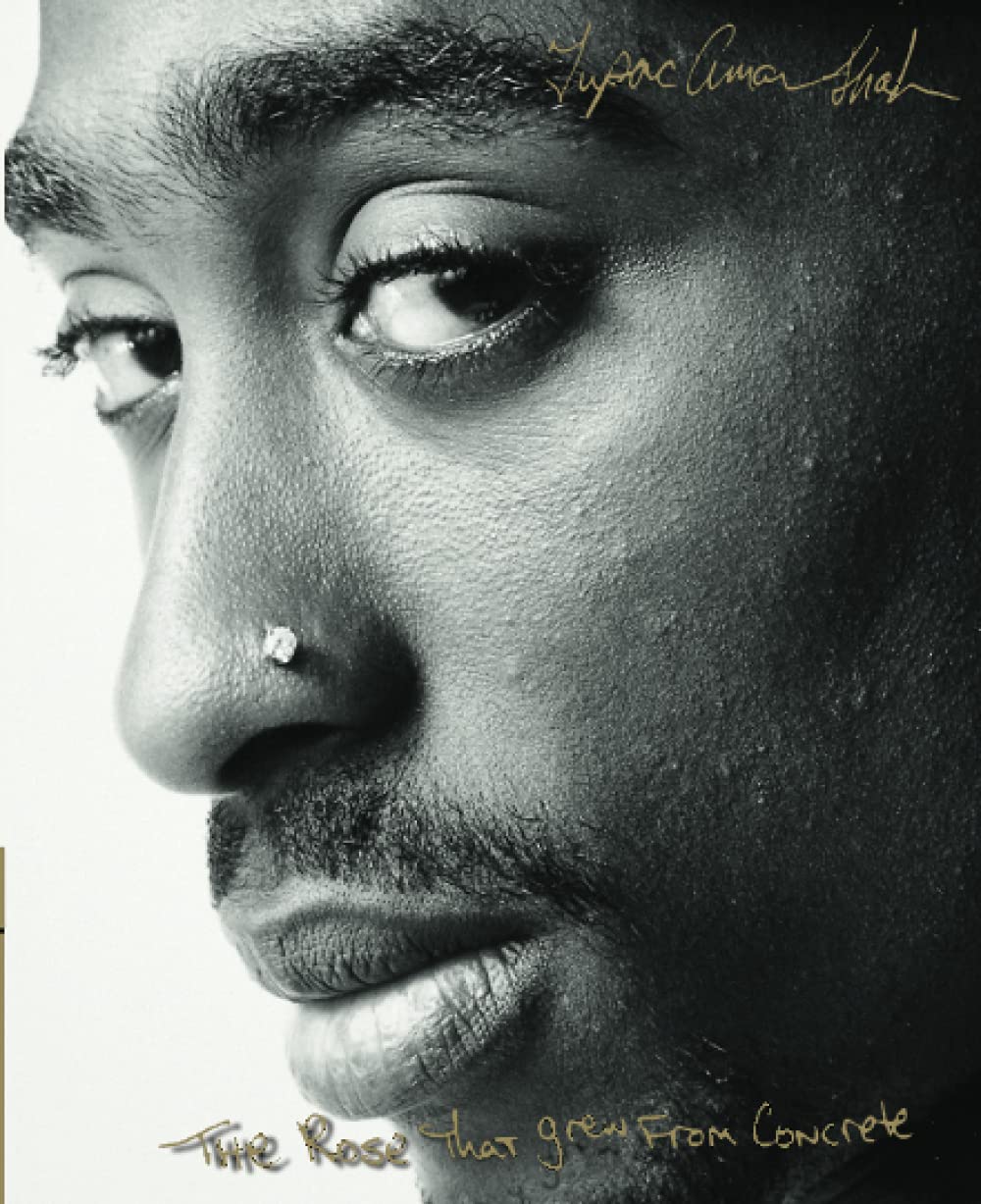TheSir
Member
- Joined
- Jan 6, 2019
- Messages
- 1,952
Revenge.sugar is not sweet, what is then?
Follow along with the video below to see how to install our site as a web app on your home screen.
Note: This feature may not be available in some browsers.
Click Here if you want to upgrade your account
If you were able to post but cannot do so now, send an email to admin at raypeatforum dot com and include your username and we will fix that right up for you.
Revenge.sugar is not sweet, what is then?
Revenge.

 quotepark.com
quotepark.com
Thanks. I've ordered this one, too. I bought several products from them and consumed them orally. Of course that doesn't mean anything,but there wasn't much choice anyway.I bought this one. Don't know if this is a good source or not. I had first asked in a pharmacy, but they told me that the stuff for oral consumption is prescription only in Germany.
I get high on my own supply.Anyone got access?
Treating liver cancer with urea. - Document - Gale Academic OneFile
<em>Gale</em> Academic OneFile includes Treating liver cancer with urea. by Wayne Martin. Read the beginning or sign in for the full text.go.gale.com
I didn't mean acess to your urineI get high on my own supply.
Yes ,interesting part indeed. I was thinking about filling a water bottle and then drinking throughout the day, so you have continuous stream of urea .@Mauritio Thanks for the research. I should then spread my intake into smaller doses and do it more often. I'm taking 30g each time twice a day this week. I never considered the half life, so I may be wasting a lot of urea not taking in more frequent and smaller doses.
That would work. Urea takes much longer to degrade in water solution. A day won't see much degradation of the urea, but in a longer time span, urea breaks down. I once did the same thing with ascorbic acid, only to realize AA would quickly turn into its metabolites and the reaction is irreversible. I thought I was drinking AA throughout the day but I was just drinking less and less of AA as the days wore on.Yes ,interesting part indeed. I was thinking about filling a water bottle and then drinking throughout the day, so you have continuous stream of urea .
Couldn't find it but the author referred to a 1974 report from The Lancet (see the attachment). It's only a short summary of the study but it sounds really intriguing indeed.Anyone got access?
Treating liver cancer with urea. - Document - Gale Academic OneFile
<em>Gale</em> Academic OneFile includes Treating liver cancer with urea. by Wayne Martin. Read the beginning or sign in for the full text.go.gale.com
Oh what a surprise.The website Quackwatch has listed the Townsend Letter on its list of magazines as non-recommended and fundamentally flawed.
This is good info.. Again keeping BU at 75 to 85 mg. % with oral urea, I increased the daily dosage of creatine hydrate to 25 grams a day. With this treatment the patient showed many signs of regression of his cancer. His appetite improved, his pain decreased, and his erythrocytes sedimentation rate fell from 110/1 hr. to 47/1 hr.
The treatment should also benefit the heart, as I see it.It is to be regretted that five months and 11 days after the beginning of combined urea and creatine hydrate treatment, this patient suffered a fatal episode of myocardial infarction